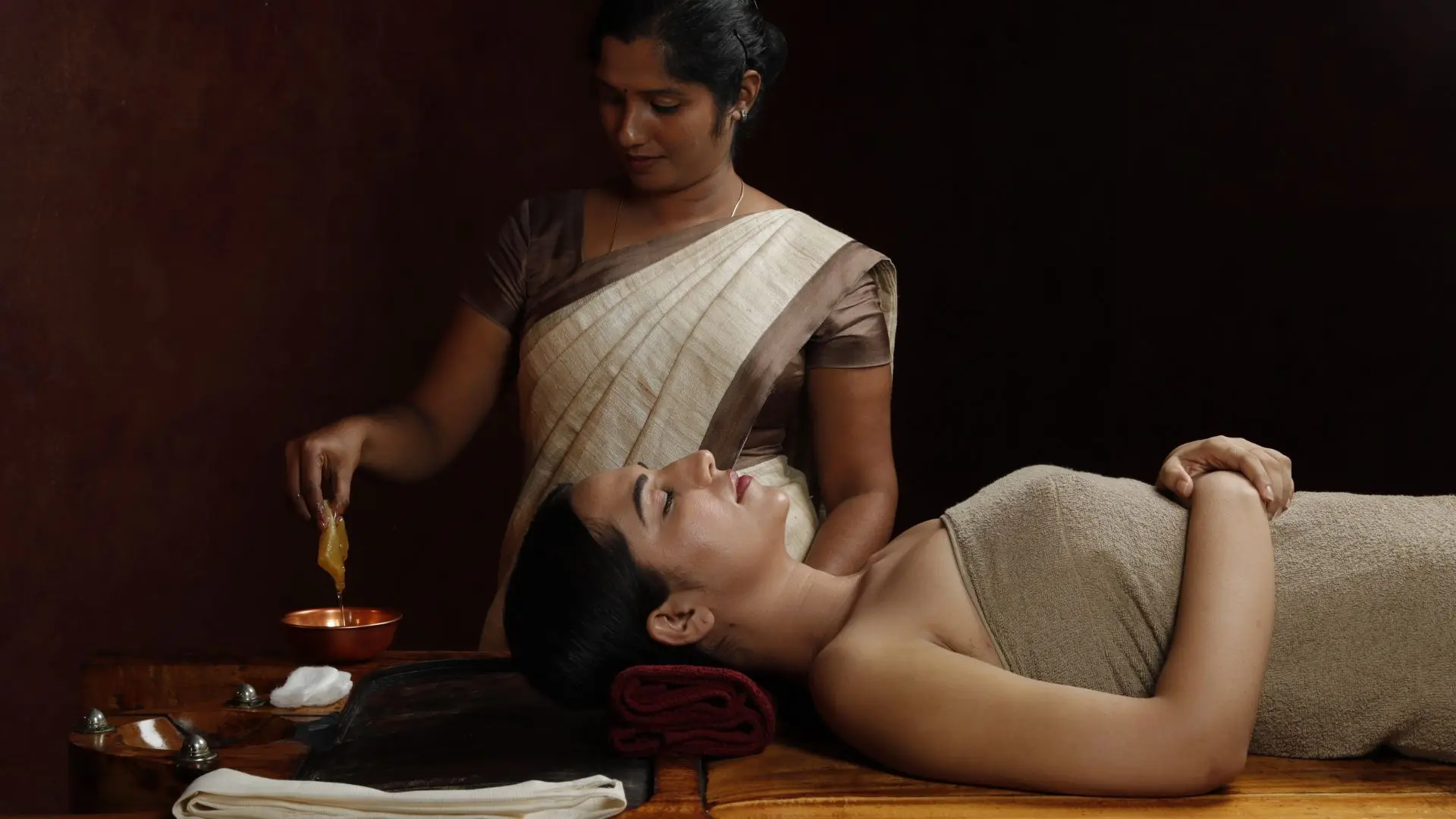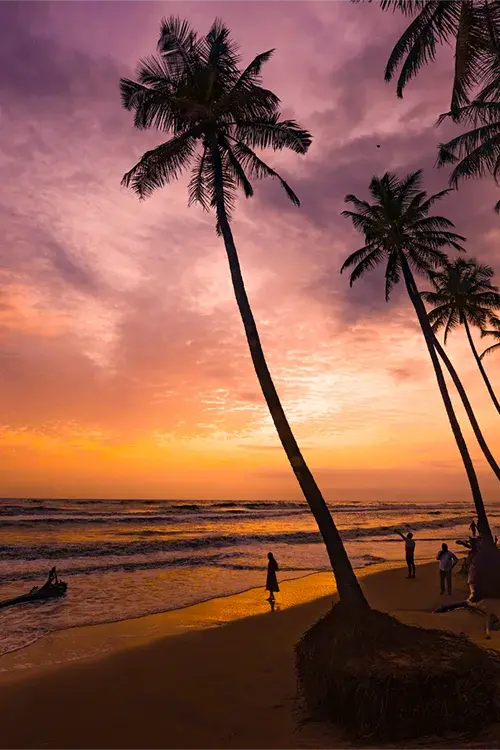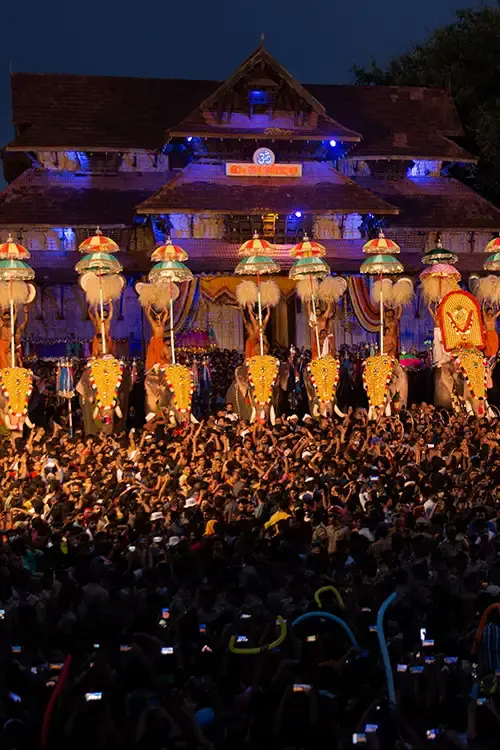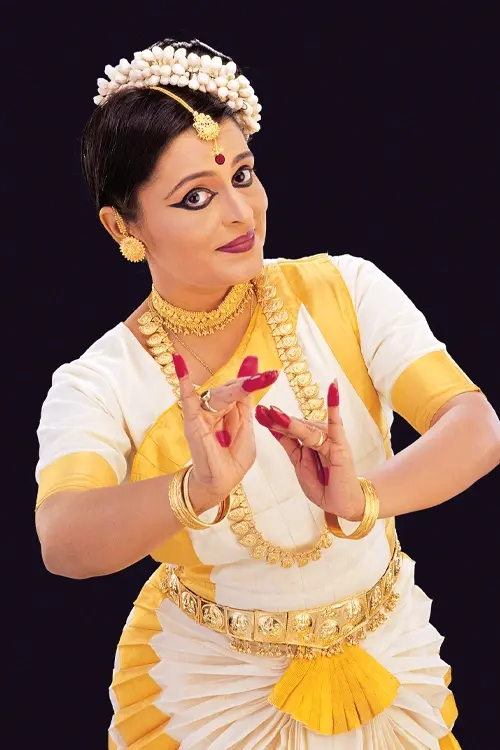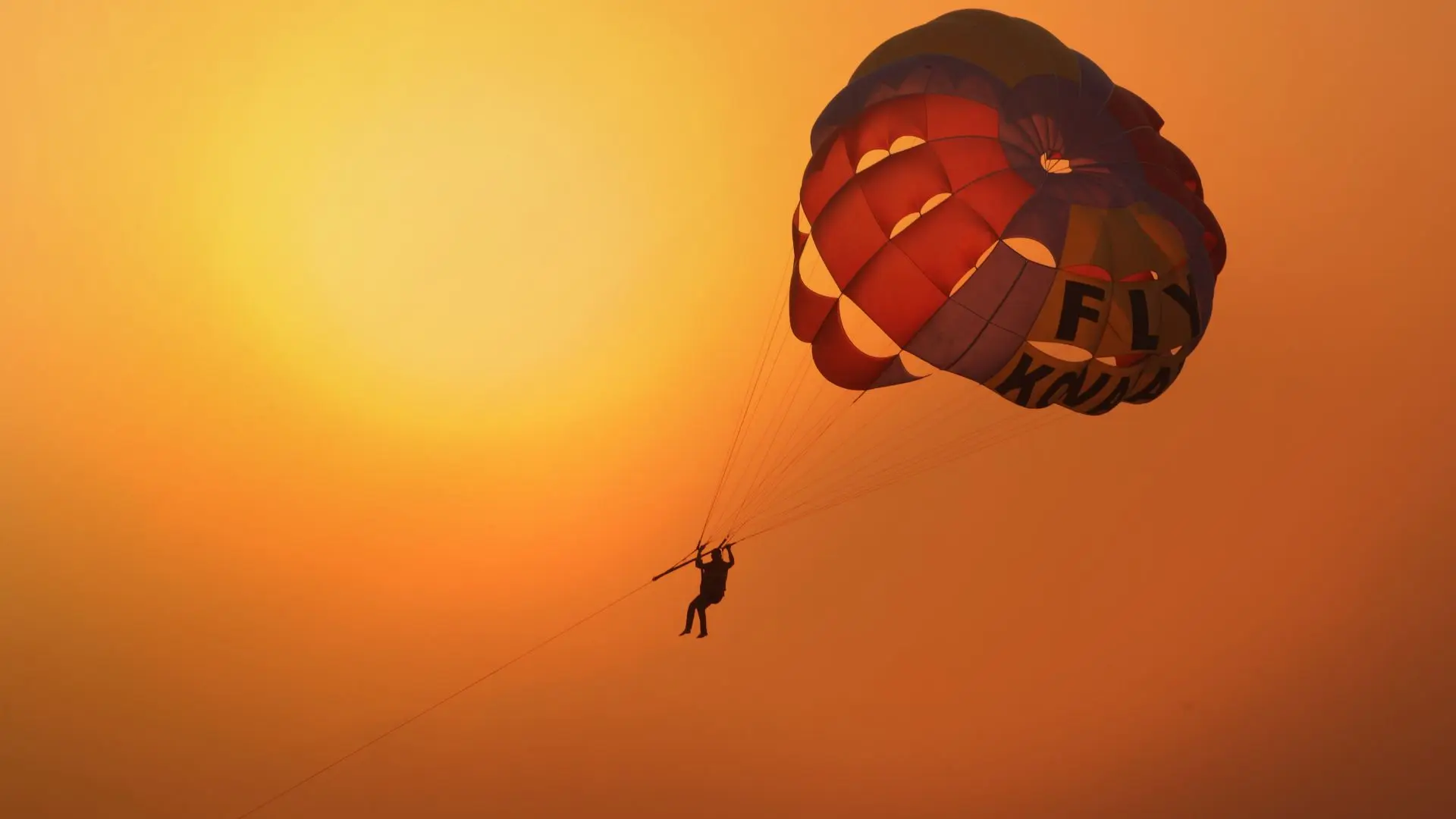Enchanting Kerala
Kutiyattam
Kutiyattam, the mode of Sanskrit theatre from Kerala, is the oldest performing art form in India and is the oldest extant form of theatre in the world today. This art form's antiquity could be traced back to about two millennia.
History
The word Koothu used as a generic term for dance appears for the first time in Sangam literature (in the Dravidian language Tamil) dating back to the first century C.E. The flourishing of a mature theatre tradition in South India is testified to by its mention in the Tamil classic Silappadikaram by Ilango Adigal, composed in the 5th century C.E. The reference is to Parayur Koothachakyyar, identified as Chakyar, a member of the Chakyar community, whose members took to acting in Kutiyattam. At that time, Koothachakyar staged the story of Tripuradahanam before the king. This has become the textual evidence to surmise the antiquity of Kutiyattam.
Growth and evolution
Kutiyattam became codified and sophisticated during the time of Kulasekhara, the ruler of Kerala from 978 to 1036 C.E. The big boost, especially in the aesthetic sense was given to the art by Kulasekhara, perhaps, the greatest among scholars / choreographers / actors, all rolled into one. Kulasekhara extended the repertoire of Kutiyattam to include more Sanskrit plays.
The first family of actors called Chakyars appears to have come with the chieftains; serving them as storytellers (soothas). The descendants of these Chakyars, together with the other caste - Nambiars and their women Nangiars, established a familial hierarchy in Kutiyattam. This was the scenario till the middle of the 20th Century.
At a time when Kutiyattam was confined to the temples, the performances were held in specially raised theatre structures called Koothambalams, forming part of the temple complex. These stage halls have exquisite carvings and intricate art works, besides having excellent acoustics. The important Koothambalams are at the Vadukumnathan temple Thrissur, Koodalmanikkam temple Irinjalakuda, Lakshmana temple Muzhikulam and the Subrahmanya temples at Harippad and Kidangoor. The one at Kidangoor is outstanding for its artwork.
Kutiyattam had to wait longer for its liberation from the temple-based cloisters, till the arrival of Guru Painkulam Rama Chakyar, who first ventured to stage Kutiyattam in a Brahmin household in 1949. And in its modern day course, Kutiyattam caught the world's attention when it was proclaimed as one of the 'Masterpieces of the Oral and Intangible Heritage of Mankind' in May 2001, by the UNESCO.
Source material
Kutiyattam is perhaps the most structured among theatre arts anywhere in the world. Its primary sources are the dramatic texts - the Sanskrit plays, namely by Bhasa, Kulasekhara Varman, Mahendra Vikrama, Harsha, and Neelakanta.
Kutiyattam training
In the beginning, training in Kutiyattam was done at the temple-based Chakyar Gurukulams. Training in different aspects of Kutiyattam was imparted thus till the middle of the 20th Century C.E. From that time, it changed with institutional training and the first among such centres was the Kerala Kalamandalam.
Actors of Kutiyattam undergo training in recitation of slokas (Sanskrit verses), adopting stylized stances, training in movements of the eyes and facial muscles, expressions and practice of mudra or stylized hand gestures, which are the alphabets of acting with the hands.
And the drummers practiced beats on the Mizhavu in different tempos i.e., from the slowest through middle to very fast tempos. Artistes also were trained in playing other instruments like Edakka (percussion); Kurum Kuzhal (wind instrument); Thimila (percussion) and Kuzhithalam (cymbals).
Stage performance and make-up
The stage presentation of Kutiyattam is a highly structured affair and is governed by strict theatre conventions. It starts with the make-up process and a red cloth band is tied over the forehead of the actors, which is taken off only after completion of the performance.
In Kutiyattam, the noble characters don the pacha or green make-up. The villainous heroes go for the kathi make-up and characters with demon traits wear dark painted make-up known as kari.
Performance proper
An act of a play is the established norm of stage presentation. (It takes several days to complete an Act). The opening day starts with the sounding of the Mizhavu, the main percussion support, followed by prayer to Lord Ganapathy and sounding of Ghoshti or opening drumbeats on the Mizhavu; followed by sprinkling of water on the stage with incantations by the Mizhavu player. This is followed by other stages like the Nityakriya, exquisite dance steps, Chandanavalli and Dikpalavandanam, which marks the conclusion of first day.
The second day of performance starts with Nirvahanam, and may last for several days. Nirvahanam is the most important section from the point of view of histrionics and aesthetics of Kutiyattam. The most beautiful part of the art lies here. One actor takes on the roles of several characters by recourse to the technique known as Pakarnattam or extended acting. Also, the four-fold acting concept in Kutiyattam comes into full play here viz. Angika (or gestural acting), Vachika (oral), Aharya (dress and makeup) and Sathvika (exploring the innermost recesses of the human mind).
The last section is Kutiyattam (literally combined acting) in which more than one character appears on the stage and interacts much in the same way as in ordinary play acting by means of dialogues. But, here also the presentation is different being just stylized and structured.
At the end of the act is a ritual known as Mudiakkitha - removal of the headgear by the main actor, placing it on the stage floor and offering prayers and prostrations before making a ceremonial exit, after extinguishing the lamp wicks.
When a whole play of several acts is completed in the above manner there is the enactment of what is known as Bharatavakya or grand finale wherein the entire happenings of the play are reenacted in a nutshell.
Noted actors
Some of the outstanding names in Kutiyattam acting are Mani Madhava Chakyar, Painkulam Rama Chakyar, Ammannur Madhava Chakyar, P. K. Narayanan Nambiar, Ammannur Parameswara Chakyar, Kidangoor Kuttappa Chakyar, Moozhikulam Kochukuttan Chakyar, Mani Damodara Chakyar, Painkulam Damodara Chakyar, Ammannur Kuttan Chakyar, Kalamandalam Rama Chakyar and Kalamandalam Sivan Namboodiri.
Training centres
Some of the centres of repute in Kutiyattam are the Kerala Kalamandalam, Margi in Thiruvananthapuram District, the Ammannur Gurukulam at Irinjalakuda in Thrissur District and the Mani Madhava Chakyar Gurukulam at Lakkidi in Palakkad District.
